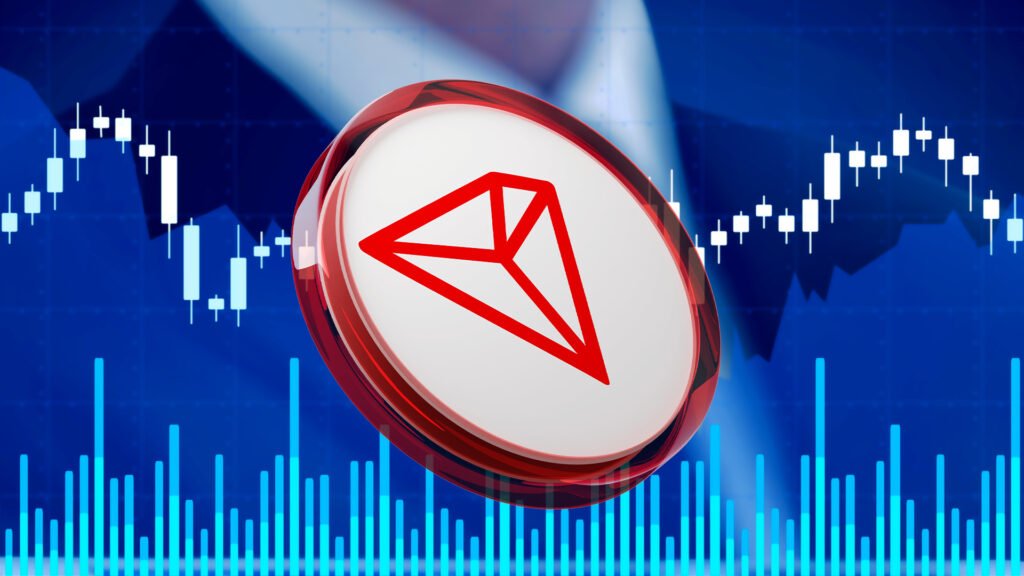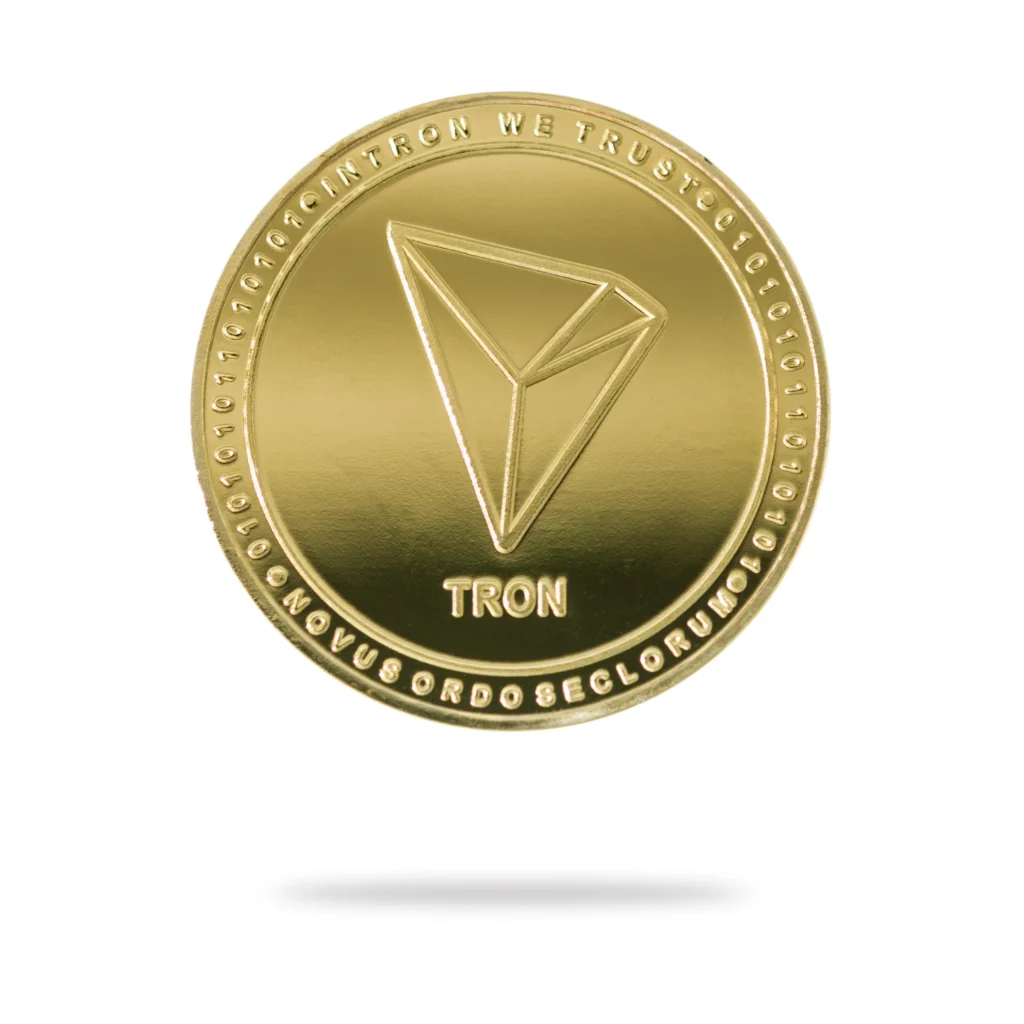
Understanding the Throne:
Software developers use the Solidity programming language to create applications hosted on the Tron platform. The currency used on the network is Tronix or TRX. Online users use TRX to directly pay content creators for access to their applications.
Tron and Ethereum blockchain:
The structure of the Tron network has been compared to that of the Ethereum platform, and it uses some of the same basic components, such as decentralized applications (Apps), smart contracts and tokens.
There are signs that Tronix and Ethereum are becoming competitors in the cryptocurrency trading business. The supply of USD Coin, a US dollar-pegged cryptocurrency traded on Tron, has surpassed $108 million less than a month after launching support.
This “could be another sign that cryptocurrency traders are increasingly turning to blockchains, which offer lower transaction fees and faster speeds than Ethereum,” Coindesk reported.
Tron Potential:
Its motto is “Decentralize the Internet” and its goal is to eliminate corporate intermediaries from media consumption8. Beyond the current rise in popularity of cryptocurrencies, their future success certainly depends, at least in part, on the quality of the programs they offer their users. Because each person’s situation is unique, you should always consult with a qualified professional before making any financial decisions. Investopedia makes no representations or warranties as to the accuracy or currency of the information contained herein.

How does TRON work?
A compact, Turing complete virtual machine called TRON Virtual Machine (TVM) was created for the TRON ecosystem. Its goal is to offer a customized blockchain system that is efficient, stable, practical, secure and scalable. TVM-compatible tokens are implemented through smart contracts using the TRC-20 technical standard and are fully compatible with ERC-20.
In addition to the above, the storage, kernel and application layers make up the TRON architecture. Consensus, account management, and smart contracts are the different core layer modules. Delegated Proof of Stake (DPoS) is a consensus mechanism used by TRON to achieve consensus. Once elected, these delegates have the power to decide important issues that affect the entire network.
Twenty-seven Super Representatives (SRs), who are responsible for tracking transaction history in the TRON ecosystem, verify transactions. Every six hours, a super representative is chosen and in exchange for his services he receives one TRX coin produced by the mechanism. Every three seconds, a new block is added to the TRON blockchain, and those who add blocks receive 32 TRX coins.
TRON uses an efficient instruction set and a stack-based virtual machine. TRON smart contracts are written in Solidity and other advanced languages. Additionally, block storage and state storage are a special distributed storage protocol created by TRON. To better meet the needs of storing diverse data in the real world, the idea of a graph database was incorporated into the storage layer architecture.
On TRON, developers can create many unique DApps and wallets. Additionally, the possibilities for utility applications are endless as TRON allows the deployment and execution of smart contracts. But what makes TRON so unique?
Witness node, full node and helper node are the three different types of nodes in the TRON network. Witness nodes are created by SRs and are primarily responsible for creating and voting proposals and producing blocks. Application programming interfaces (APIs), transactions, and blocks are transferred using full nodes. Blocks of other full nodes are synced through Solidity nodes, which also offer indexable APIs.
Additionally, regular accounts, token accounts, and contract accounts are the three different types of accounts available on the TRON network:
What are the benefits of TRON (TRX)?
Users can participate in the selection of super representatives by owning and bidding on TRX. Additionally, the platform benefits from allowing content creators to get paid for their efforts while maintaining full control over their work.
As a result, the TRON cryptocurrency ecosystem is unique in that it allows you to share your content with others while getting paid for the information and content you create as a content creator. Additionally, the transaction fee on the decentralized digital platform TRON is only $0.000005.
Additionally, transactions on the TRON network are incredibly fast as it supports up to 2,000 transactions per second. In comparison, Bitcoin BTC up to $66,663 involves three to six transactions, and Ethereum ETH up to $3,355 allows 25 transactions.
From a trading perspective, TRX coins can be exchanged between buyers and sellers around the world 24/7. If you are new to this field, consider learning different cryptocurrency trading strategies before investing your hard-earned money.

How to buy TRON tokens?
On cryptocurrency exchanges like Binance and Kraken, you can buy TRON using a credit or debit card. Before purchasing, you must first create a TRON wallet and get it approved. On the Bin ance exchange, you will first need to purchase any of the listed stable coins, which can then be used to purchase TRON. After purchasing TRON tokens, many users keep their TRON in the hope that its value will increase or it can be used for trading.
If you decide to buy TRON tokens on the Kraken exchange, follow these steps: